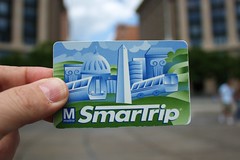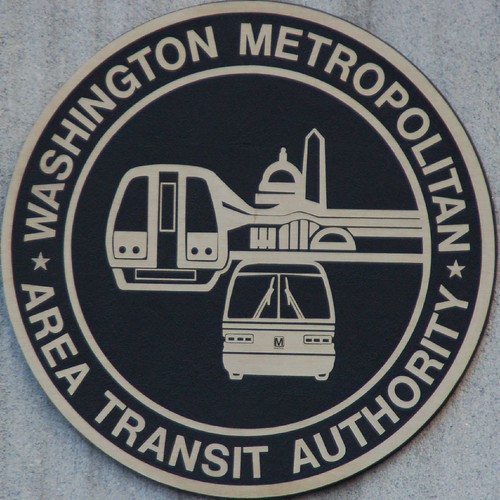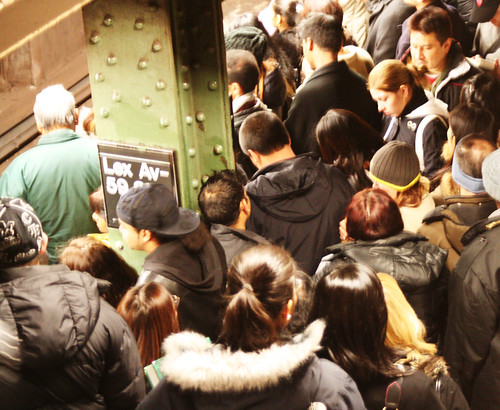Challenges Facing the Department of Transportation and Congress – The GAO’s Congressional Testimony
(Source: GAO)
The Department of Transportation received about $48 billion of recovery funds for investments in transportation infrastructure from the American Recovery and Reinvestment Act of 2009. As with other executive agencies, DOT is faced with the challenges of using these funds in ways that will aid economic recovery, making wise funding choices while spending the money quickly, and ensuring accountability for results. GAO will report to Congress bimonthly on how states and localities use the recovery funds received from DOT.
DOT and Congress will also be faced with numerous challenges as they work to reauthorize surface transportation and aviation programs.
Click here to read the HTML version of the entire report. Or download the PDF file here.
[ipaper id=13181892]









